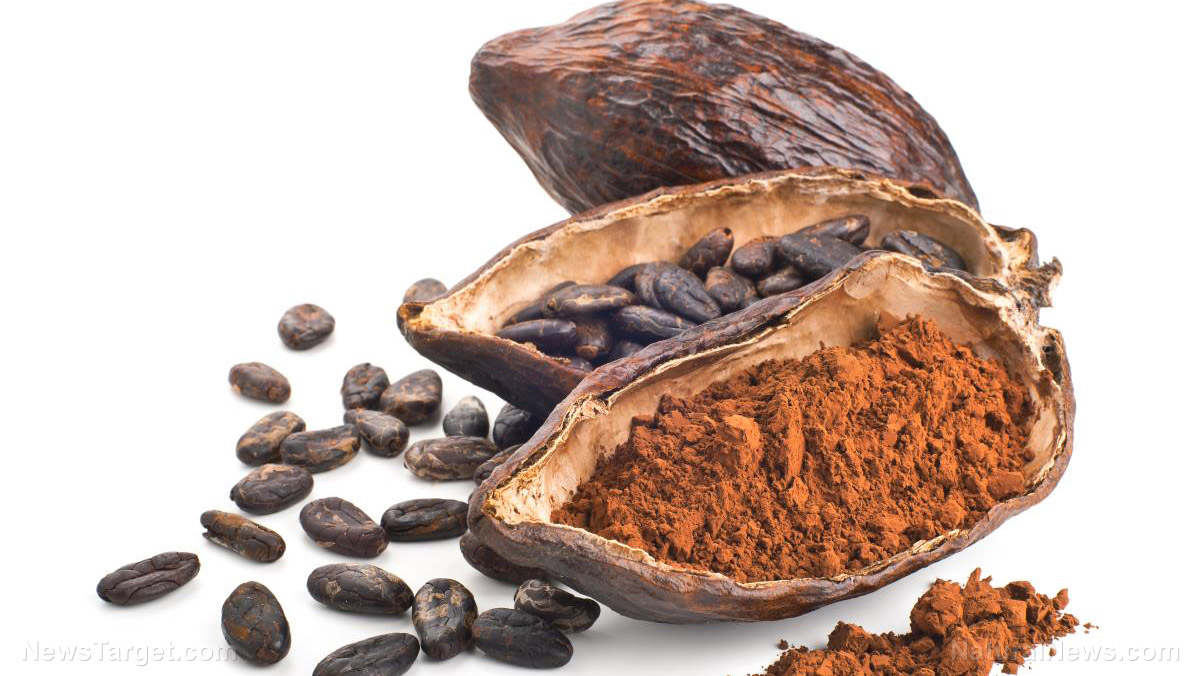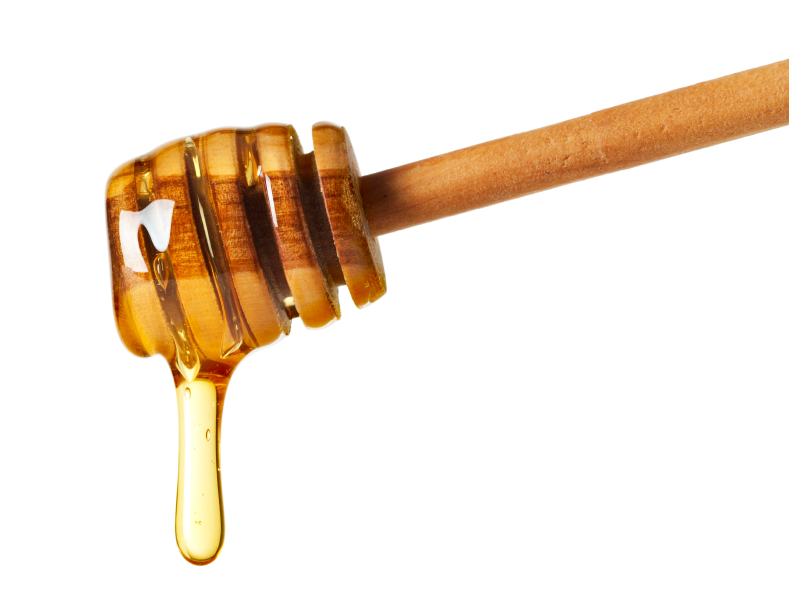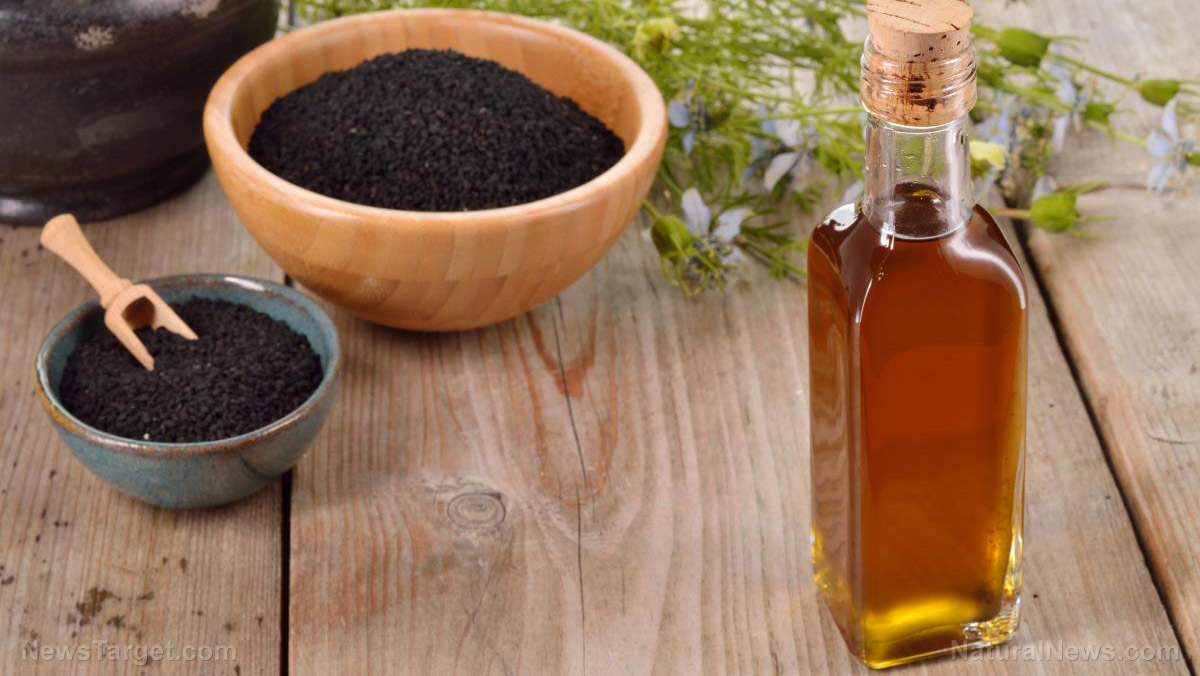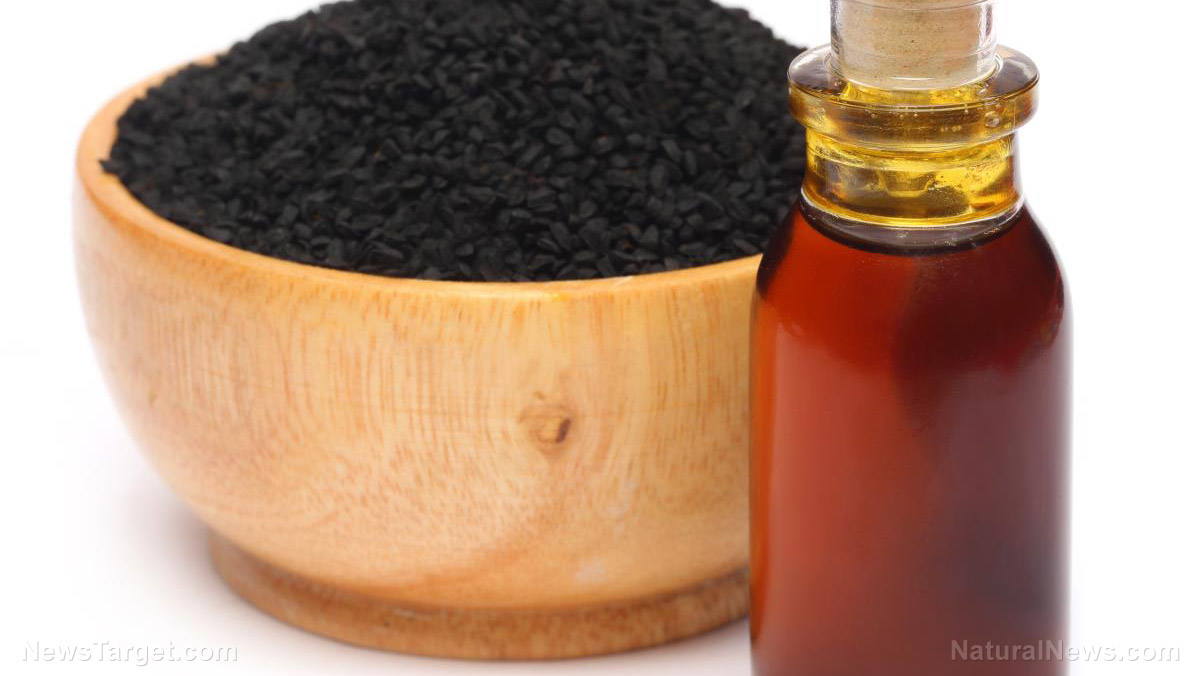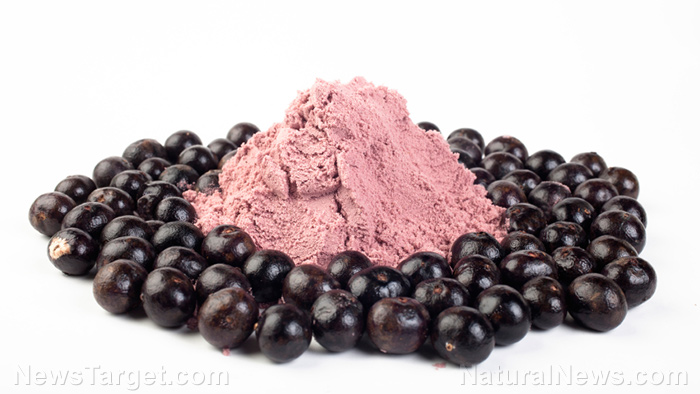Studies look into the benefits of blueberries for heart disease, diabetes prevention
02/23/2020 / By Franz Walker

Blueberries are a well-known superfood, and it looks like their health benefits know no bounds. Researchers at the University of East Anglia in the U.K. have learned new insights into how blueberries can affect certain health markers associated with diabetes and heart disease. This is on top of another study from Laval University in Canada that has linked blueberries to improvements in physical activity and weight loss.
Blueberries vs. heart disease, diabetes
Previous research has determined the positive effects of blueberries when it comes to diabetes and heart disease. However, not everyone receives the same health benefits when eating them. The team at the University of East Anglia, led by Professor Aedin Cassidy, aimed to understand why that is the case.
“Previous studies have indicated that people who regularly eat blueberries have a reduced risk of developing conditions including type 2 diabetes and cardiovascular disease,” said Cassidy. “This may be because blueberries are high in naturally occurring compounds called anthocyanins, which are the flavonoids responsible for the red and blue colour in fruits.”
The big issue that the team looked to tackle however, is why people don’t respond the same way to the fruit. “In the case of blueberries and anthocyanins, we think that differences in the way that people process and metabolise these foods may hold the key to understanding why they experience different health effects,” explained Cassidy.
Blueberries may help with weight loss
A separate study from Laval University looked at how blueberry consumption helped improve the physical activity of obese mice. Here, the researchers isolated which compounds in blueberries caused an increase in the subjects’ physical activity.
“We know that blueberries, or that berries in general are very rich in polyphenols, and we know that they can prevent obesity and metabolic disorders” stated Arianne Morissette, who co-authored the study.
During the study, the researchers observed that mice fed with either whole blueberries or isolated compounds from blueberries gained less weight and that these mice were also more physically active. Morissette noted that blueberries increasing physical activity has never been documented before.
One of the report’s co-authors, Genevieve Pilon stated that the results could be of interest to the sports nutrition industry. “The PAC (proanthocyanidins), which was linked to increased activity of the mice, it’s new, and for the sports field it is really interesting,” Pilon said. However, she also cautioned that they still don’t know how it works.
How many blueberries should you eat?
Regardless of how, eating blueberries can provide a number of health benefits. For those looking to take advantage of these benefits, the study from the University of East Anglia laid out just how much of the berries were required to receive the health benefits. (Related: Blueberry extracts can protect against cadmium toxicity.)
According to Dr. Peter Curtis, co-lead of the study, they found that having one cup, or 150 g of blueberries daily, was enough for their subjects to experience the benefits, such as “sustained improvements in vascular function and arterial stiffness — making enough of a difference to reduce the risk of cardiovascular disease by between 12 and 15 per cent.”
“The simple and attainable message is to consume one cup of blueberries daily to improve cardiovascular health,” Curtis concluded.
Eating blueberries is just one way to gain their benefits. According to a similar study by the US Department of Agriculture (USDA) drinking 240 mL of wild blueberry juice per day can also help fight against diabetes.
The important thing to note here is that the more blueberries consumed, the more pronounced the health benefits. In their study, Curtis noted that those who only consumed half a cup, or 75 g of blueberries, did not experience any healthful effects. He further stated that it’s likely that higher intakes are necessary to feel the benefits, especially for those who are at risk of these diseases.
Sources include:
Submit a correction >>
Tagged Under:
This article may contain statements that reflect the opinion of the author
RECENT NEWS & ARTICLES
COPYRIGHT © 2017 SUPER FOODS NEWS













